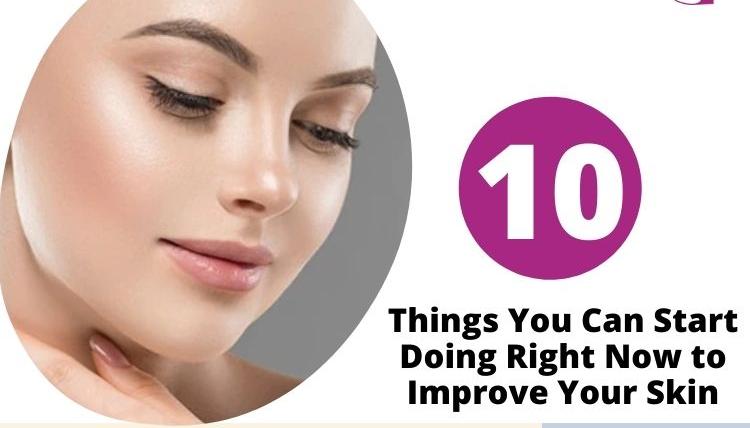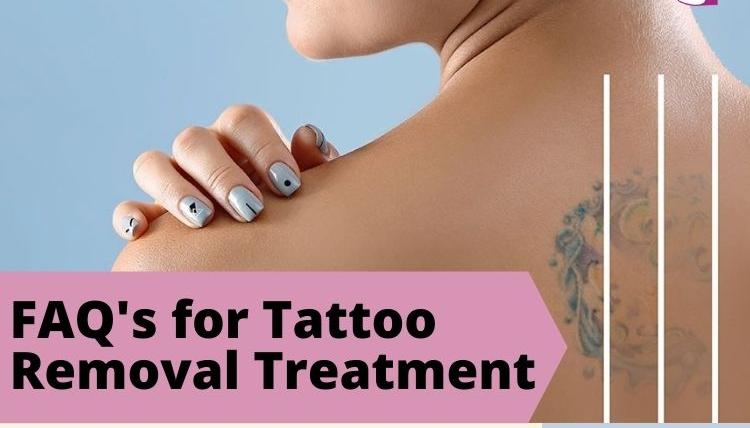
Dark spots can appear overnight, and can be seen as an indicator of age. It’s not uncommon for people to have brown spots on their hands, arms or face. The pigment is consistent and you usually can’t feel them because they’re flat, not raised. These brown spots are often referred to as age spots, liver spots or sun spots. Uneven pigmentation can occur when the body’s pigment-making melanocytes, the melanin-forming cells in the skin, become damaged or lose efficiency. This is a part of the natural aging process but is also a common side effect of excessive sun damage. Melasma causes dark patches to form on the skin, most often on the face.
Frequently Asked Questions
The level of discomfort can vary depending on a person’s sensitivity, but most clients tolerate the treatment very well with little discomfort. Of course, some areas of the body are more sensitive than others and can cause some mild discomfort. During your initial consultation, your therapist will discuss your options with you based upon your own tolerance and the body area to be treated.
If you have dark spots, that doesn’t mean you have cancer. However, because these areas of the skin are damaged, you could develop skin cancer. It’s important to get checked if you notice a new brown spot that is changing and has a different color and shape from other moles on your body. To the untrained eye, most moles and dark spots look similar, so we encourage everyone to get checked the first time they notice dark spots. It can take a long time to realize something is wrong, and early detection is critical.
When left untreated, dark pigmented spots will continue to accumulate on your skin over time. The more you allow brown spots to accumulate, the more difficult they are to treat. If you get brown spots cleaned off your skin at this time of year, they’ll typically stay away during the winter months because you spend less time in the sun. Then you can take steps during the spring and summer months to prevent these spots from appearing.
The laser only absorbed by cells containing an excessive amount of pigmentation, so the laser does not target any surrounding tissue, thus causing no damage. Your Laser Pigmentation Removal treatment will be performed by a highly trained and experienced nurse or aesthetic therapist, so you can rest assured you are in safe hands.
Treatment will take 15-30 minutes depending on the size of the area being treated.
Environmental factors, sunlight, ultraviolet rays, hormonal changes, and some medications all contribute to pigmentation changes. These can range from freckles, sunspots, age spots to melasma and can occur on the face or body at any age. When the body produces either too much or too little melanin, this results in hyperpigmentation or hypopigmentation which appears as a dark or light mark on the surface of the skin.






